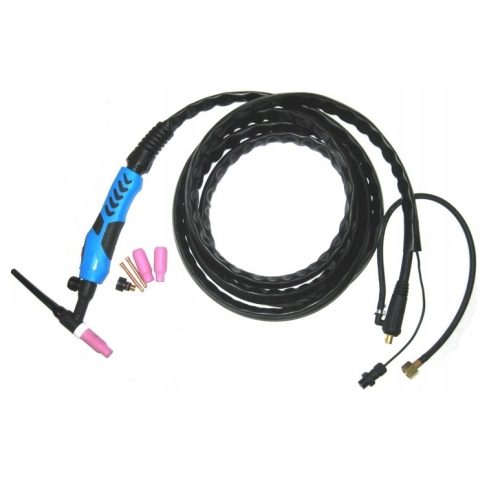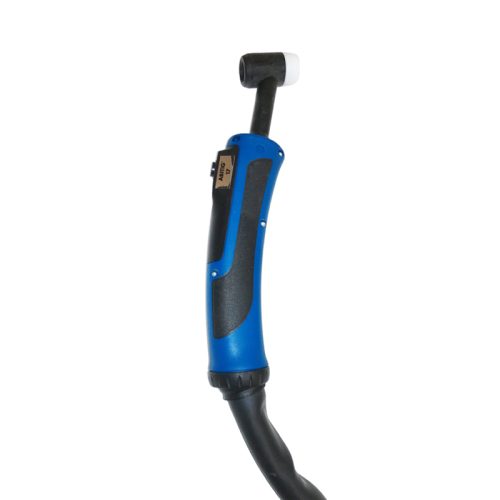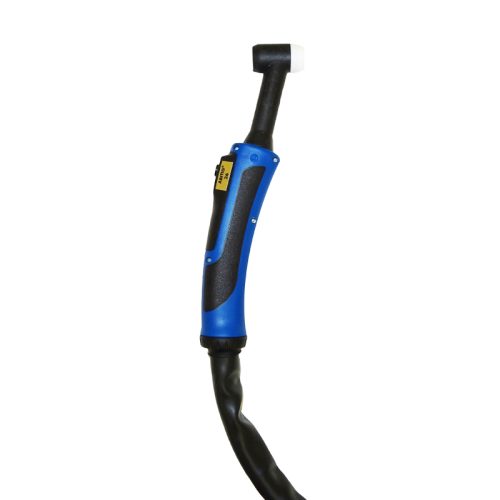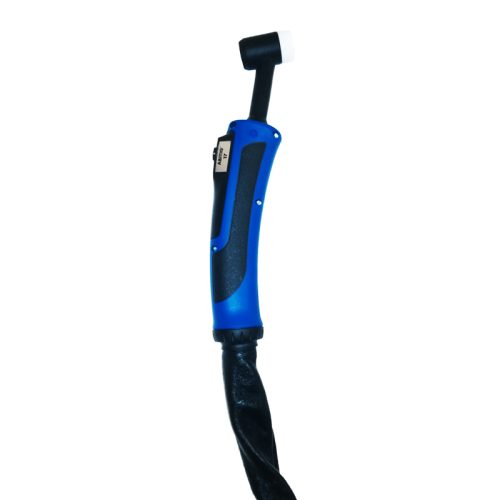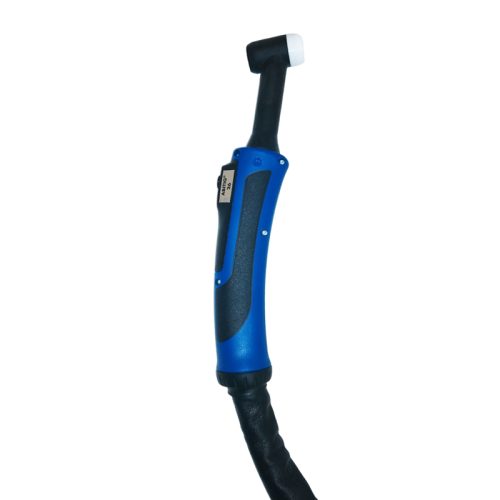0
0 items
0,00 zł
No products in the cart.
0
No products in the cart.
TIG Torches
Welding Torch TIG 17v 4m for StandardMIG & ProMIG
PRICE ON REQUESTAdd to watch
Add to watch
Add to watch
Add to watch
Add to watch
Add to watch
Add to watch
Add to watch
Add to watch
Add to watch
Add to watch
Add to watch
Add to watch
Add to watch
TWS DIRECT LTD
Unit 15b, M54 Space Centre,
Halesfield 8,
Telford, Shropshire, TF7 4QN,
E-mail: sales@weldingsuppliesdirect.co.uk
Phone: +44 (0) 1952 582 260
Need help? Call us:
Strona stworzona i obsługiwana przez: Agencja Marketingowa DIGITIX
Copyright 2024 © PATON Europe Sp. z o. o.
- Image
- SKU
- Rating
- Price
- Stock
- Availability
- Add to cart
- Description
- Content
- Weight
- Dimensions
- Additional information
Strona stworzona i obsługiwana przez: Agencja Marketingowa DIGITIX
Copyright 2024 © PATON Europe Sp. z o. o.
